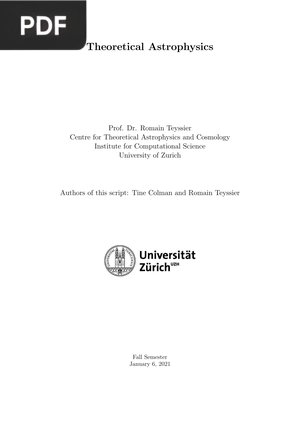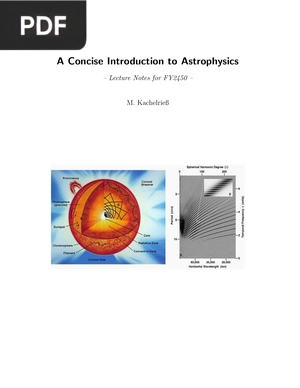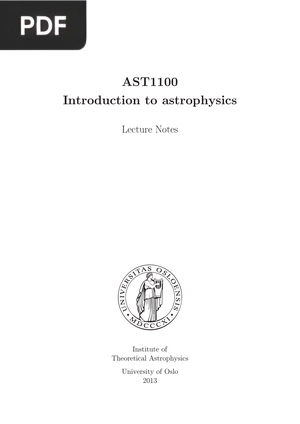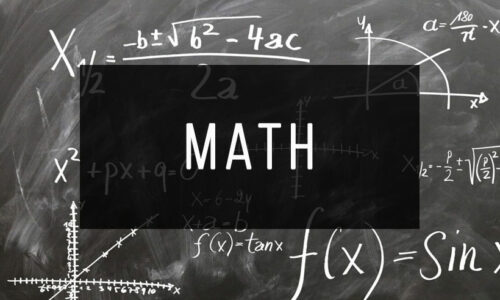The Fundamentals of Stellar Astrophysics
Author: George W. Collins, II
*Wait a few seconds for the document to load, the time may vary depending on your internet connection. If you prefer, you can download the file by clicking on the link below.
Information
Description: The Fundamentals of Stellar Astrophysics by George W. Collins, II is a comprehensive guide to stellar interiors, evolution, and atmospheres. It covers topics such as matter properties, transport phenomena, energy sources, construction of stellar models, relativistic stellar structure, pulsation, and radiation flow through the atmosphere.
Pages: 525
Megabytes: 3.64 MB
This may interest you
Theoretical Astrophysics
Extension: PDF | 229 pages
Theoretical Astrophysics by Prof. Dr. Romain Teyssier is a comprehensive course providing foundations of theoretical astrophysics, covering topics such as astrophysical fluid dynamics, radiative transfer, and collisionless systems. It emphasizes the use of kinetic theory to analyze ensembles of particles, including atoms, molecules, photons, and stars.
Basics of Astrophysics
Extension: PDF | 49 pages
Basics of Astrophysics by Véronique Buat is a brief introduction to stellar physics, focusing on the main sequence stars and their properties. It provides insights into the equations of stellar structure, particularly hydrostatic equilibrium.
A Concise Introduction to Astrophysics
Extension: PDF | 144 pages
A Concise Introduction to Astrophysics by M. Kachelrieß provides lecture notes on stellar astrophysics, including topics such as continuous radiation from stars, spectral lines and their formation, telescopes and other detectors, basic ideas of special relativity, binary stars and stellar parameters, stellar atmospheres and radiation transport, and main sequence stars and their structure.
Introduction to astrophysics
Extension: PDF | 310 pages
Introduction to astrophysics by the Institute of Theoretical Astrophysics provides lecture notes on celestial mechanics and Kepler's laws. It explains the motion of planets, the two-body problem, and the conservation of angular momentum.










































